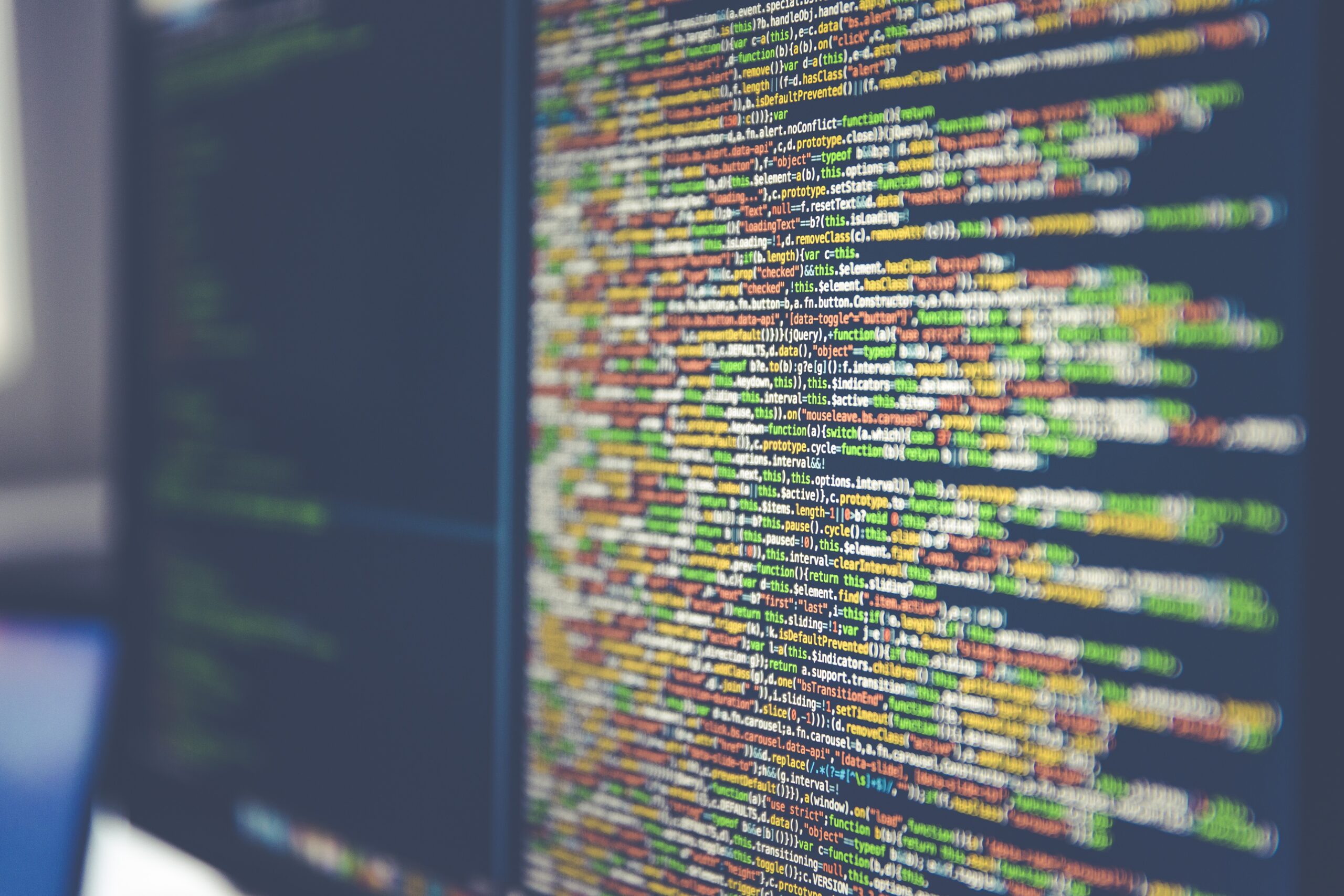
So, you’re looking to take your data analysis to the next level? Well, look no further! In this article, we’ll be exploring the incredible capabilities of Power BI AI and how it can revolutionize your data analysis process. From intelligent data visualization to predictive analytics, this powerful tool has the potential to transform the way you make sense of your data. So, buckle up and get ready to harness the power of Power BI AI for unparalleled insights into your business.

What is Power BI AI?
Power BI AI, also known as Power BI Artificial Intelligence, is a powerful and innovative tool that combines the benefits of business intelligence and artificial intelligence to enable advanced data analysis and visualization. It is a comprehensive platform developed by Microsoft, specifically designed to provide businesses with the ability to gain valuable insights from their data and make data-driven decisions.
Overview of Power BI AI
Power BI AI offers a wide range of features and capabilities that allow users to extract meaningful information from their data. These features include data preparation and transformation, data visualization, descriptive analytics, diagnostic analytics, predictive analytics, and the ability to implement advanced analytical models using machine learning algorithms. By leveraging these features, businesses can enhance their data analysis processes and drive better outcomes.
Key features of Power BI AI
Power BI AI is equipped with several key features that make it an excellent choice for data analysis. One of the main features is its ability to handle large volumes of data from various sources. It supports data connectivity with popular databases, cloud services, and other data sources, allowing users to easily access and analyze their data.
Another key feature of Power BI AI is its advanced data visualization capabilities. It offers a wide range of visualizations, including charts, graphs, maps, and dashboards, which enable users to present their data in a more intuitive and understandable way. Power BI AI also provides the option to create custom visualizations, allowing users to tailor the visual representation of their data according to their specific needs.
Additionally, Power BI AI offers powerful predictive analytics capabilities. It provides users with the ability to create predictive models and forecast future outcomes based on historical data patterns. This empowers businesses to make informed decisions and anticipate future trends, helping them stay ahead in a highly competitive market.
Benefits of Power BI AI
Power BI AI offers numerous benefits to businesses seeking to improve their data analysis processes. Here are some key advantages:
Improved data analysis efficiency
With Power BI AI, businesses can streamline their data analysis workflows and improve overall efficiency. The platform’s intuitive interface and easy-to-use features enable users to analyze and visualize data more effectively, reducing the time and effort required for manual data analysis. This allows businesses to focus on generating insights from their data efficiently.
Enhanced data visualization
Power BI AI provides a wide range of visualization options, allowing users to present data in a visually appealing and easily understandable manner. The platform offers interactive dashboards, charts, and maps that facilitate data exploration and comprehension. By presenting data in compelling visual formats, Power BI AI enables users to identify trends, patterns, and outliers more effectively.
Predictive analytics capabilities
One of the key advantages of Power BI AI is its predictive analytics capabilities. By using historical data to create predictive models, businesses can forecast future outcomes and make data-driven decisions. This empowers organizations to anticipate market trends, identify potential risks, and make proactive adjustments to their strategies. By leveraging predictive analytics, businesses can gain a competitive edge and stay ahead of their competitors.
Getting Started with Power BI AI
To get started with Power BI AI, it is important to understand the setup process and familiarize yourself with the platform’s interface.
Setting up Power BI AI
To start using Power BI AI, you first need to download and install the Power BI desktop application. This application serves as the main tool for creating and designing reports, dashboards, and visualizations. Once installed, you can log in using your Microsoft account or Power BI account credentials.
After logging in, you can connect to your data sources, such as databases, spreadsheets, or cloud services, by selecting the appropriate option from the Connect pane. Power BI AI supports a wide range of data sources, making it easy to access and analyze your data.
Navigating the Power BI AI interface
The Power BI AI interface consists of various components that allow users to seamlessly navigate and interact with their data. The main components include the ribbon, the canvas, the visualization pane, and the fields pane.
The ribbon contains various options and commands for designing reports, creating visualizations, and managing data connections. The canvas is the workspace where users can build their reports and visualizations by dragging and dropping fields and visual elements.
The visualization pane provides a wide range of visualization options, allowing users to choose the most suitable visualization type for their data. The fields pane displays the available fields and measures from the connected data sources, which can be used to create visualizations.
By familiarizing yourself with these components and their functionalities, you can navigate the Power BI AI interface with ease and create compelling data visualizations.
Data Preparation for Power BI AI
Before diving into data analysis with Power BI AI, it is essential to prepare your data for optimal results. This involves data cleaning, transformation, and connecting to data sources.
Data cleaning and transformation
Data cleaning is the process of identifying and correcting or removing errors, inconsistencies, and inaccuracies in the data. This ensures that the data is accurate and reliable for analysis. Power BI AI offers various data cleaning capabilities, such as removing duplicate values, handling missing values, and standardizing data formats.
Data transformation involves modifying the data to make it suitable for analysis and visualization. This can include aggregating data, creating calculated columns or measures, and performing data reshaping operations. Power BI AI provides a comprehensive set of data transformation tools, allowing users to manipulate their data effectively.
Connecting to data sources
Power BI AI offers seamless connectivity with various data sources, including databases, spreadsheets, cloud services, and online content. Users can connect to their data sources by selecting the appropriate option from the Connect pane in Power BI desktop.
Once connected, users can import data into Power BI AI and start analyzing and visualizing it. Power BI AI supports both single-table and multi-table data models, enabling users to work with complex datasets.
By properly preparing and connecting your data, you can ensure that Power BI AI provides accurate, reliable, and meaningful insights from your data.

Exploring Power BI AI Visualizations
Power BI AI offers a wide range of visualization options that allow users to explore and analyze their data effectively. Understanding these visualization options can help users present their data in the most impactful and meaningful way.
Understanding different visualization options
Power BI AI provides a variety of visualization types, including bar charts, line charts, pie charts, scatter plots, maps, and many more. Each visualization type has its advantages and is suitable for different types of data and analysis.
Bar charts are useful for comparing categories or groups of data. Line charts can illustrate trends over time or show the relationship between two variables. Pie charts are effective for displaying proportions and percentages. Scatter plots can show the relationship between two variables and identify clusters or patterns.
Maps can display geospatial data and indicate patterns or trends across different locations. Power BI AI also offers advanced visualizations, such as treemaps, waterfall charts, and funnel charts, which can provide deeper insights into hierarchical or sequential data.
Creating custom visualizations
In addition to the built-in visualization options, Power BI AI allows users to create custom visualizations. This enables users to design visual representations that meet their specific needs and requirements.
Power BI AI supports custom visualizations developed by the community, which can be downloaded and added to the platform. Users can also create their own custom visualizations using programming languages like R or Python. This flexibility gives users the freedom to create unique visualizations that effectively communicate their data insights.
By leveraging the diverse visualization options available in Power BI AI and exploring custom visualization possibilities, users can enhance the understanding and impact of their data analysis.
Using Power BI AI for Descriptive Analytics
Descriptive analytics is a fundamental aspect of data analysis that focuses on summarizing and interpreting historical data. Power BI AI provides powerful tools and features that enable users to perform descriptive analytics and gain valuable insights from their data.
Analyzing data trends and patterns
Power BI AI allows users to analyze data trends and patterns using various visualizations and calculations. Users can explore historical data and identify trends, seasonality, or other patterns that may impact their business decisions. By visualizing these trends and patterns, users can understand the historical context of their data and make informed decisions based on past performance.
Generating insightful reports
Power BI AI provides the capability to generate insightful reports that summarize key findings and present them in a coherent and visually appealing manner. Users can create interactive reports that allow stakeholders to explore the data further and gain deeper insights. These reports can be shared securely with colleagues, enabling collaboration and driving data-driven decision-making across the organization.
Descriptive analytics with Power BI AI empowers businesses to understand the past, identify areas of improvement, and make data-driven decisions based on historical data.

Leveraging Power BI AI for Diagnostic Analytics
Diagnostic analytics is a critical step in data analysis that focuses on understanding the reasons behind certain outcomes or events. Power BI AI offers powerful tools and features that enable users to perform diagnostic analytics and identify root causes of data anomalies.
Identifying root causes of data anomalies
Data anomalies can occur due to various factors, such as errors in data collection, data entry mistakes, or outliers. Power BI AI provides data exploration features that allow users to drill down into their data and identify the root causes of unusual patterns or outliers.
By visually exploring the data and using various calculations and filters, users can investigate the factors contributing to data anomalies. This helps businesses identify potential data quality issues or uncover insights that can drive process improvements and optimizations.
Performing comparative analysis
Power BI AI enables users to perform comparative analysis by comparing data across different dimensions or groups. This can be done using visualizations like bar charts, line charts, or heatmaps. Comparative analysis allows businesses to identify trends or differences between different data segments, helping them better understand the underlying factors contributing to certain outcomes.
By leveraging diagnostic analytics with Power BI AI, businesses can gain a deeper understanding of their data and uncover valuable insights that can inform decision-making and drive continuous improvement.
Utilizing Power BI AI for Predictive Analytics
Predictive analytics is a powerful capability offered by Power BI AI that enables businesses to forecast future outcomes based on historical data patterns. By understanding the predictive analytics capabilities of Power BI AI, organizations can gain a competitive edge and make more accurate and informed decisions.
Understanding predictive modeling techniques
Power BI AI supports various predictive modeling techniques, such as regression analysis, time series forecasting, and machine learning algorithms. Regression analysis enables businesses to understand the relationship between different variables and predict continuous outcomes. Time series forecasting allows businesses to predict future values based on historical data patterns.
Machine learning algorithms, such as decision trees, random forests, or neural networks, enable businesses to create advanced predictive models that can handle complex datasets and make accurate predictions. Power BI AI provides integration with popular machine learning frameworks, such as Azure Machine Learning or Python libraries, making it easy to incorporate machine learning capabilities into your data analysis.
Forecasting future outcomes
With Power BI AI, users can leverage predictive analytics to forecast future outcomes. By training predictive models on historical data, businesses can predict future sales, customer behavior, or other KPIs. This enables organizations to make data-driven decisions and adjust their strategies or operations accordingly.
By anticipating future trends and outcomes, businesses can gain a competitive advantage and position themselves for success in an ever-changing market.
Implementing Advanced Analytical Models with Power BI AI
Power BI AI provides the capability to implement advanced analytical models using machine learning algorithms. This enables businesses to leverage the power of machine learning and enhance their data analysis processes.
Integrating machine learning algorithms
Power BI AI allows users to integrate machine learning algorithms into their data analysis workflows. Users can leverage popular machine learning frameworks, such as Azure Machine Learning or Python libraries, to create advanced predictive models or perform advanced data analysis tasks.
By integrating machine learning algorithms, businesses can unlock the full potential of their data and gain deeper insights. Machine learning algorithms can handle complex datasets, identify hidden patterns or trends, and make accurate predictions or classifications.
Creating and evaluating predictive models
Power BI AI provides a user-friendly interface for creating and evaluating predictive models. Users can train models on historical data, set up validation techniques to assess model performance, and fine-tune model parameters to improve accuracy.
Power BI AI also offers features for model interpretation and evaluation, such as feature importance analysis and evaluation metrics. This enables users to understand the factors driving the predictions and assess the reliability and accuracy of the models.
By implementing advanced analytical models with Power BI AI, businesses can unlock the power of machine learning and gain deeper insights from their data.
Best Practices for Maximizing Power BI AI
To maximize the benefits of Power BI AI, it is important to follow best practices for data preparation, visualization, and analysis.
Optimizing data preparation processes
Efficient data preparation is crucial for accurate and meaningful analysis. Best practices for data preparation with Power BI AI include properly cleaning and transforming the data, addressing missing values or outliers, and ensuring data consistency. Users should also consider automating data cleaning and transformation processes to save time and reduce errors.
Applying visualization best practices
To create impactful visualizations with Power BI AI, it is important to follow visualization best practices. This includes choosing the most appropriate visualization type for the data, keeping the visualizations clean and clutter-free, using appropriate color schemes and legends, and providing clear labels and titles. Users should also consider the target audience and choose visualizations that effectively communicate the intended message.
By following these best practices, businesses can maximize the value of Power BI AI and drive better data analysis outcomes.
In conclusion, Power BI AI is a powerful tool that combines the benefits of business intelligence and artificial intelligence to empower businesses with advanced data analysis and visualization capabilities. With its features for data preparation, visualization, descriptive analytics, diagnostic analytics, predictive analytics, and advanced analytical models, Power BI AI provides businesses with the tools necessary to extract valuable insights from their data and drive data-driven decision-making. By understanding the features, benefits, and best practices of Power BI AI, businesses can harness the power of AI for data analysis and stay ahead in today’s competitive market.



